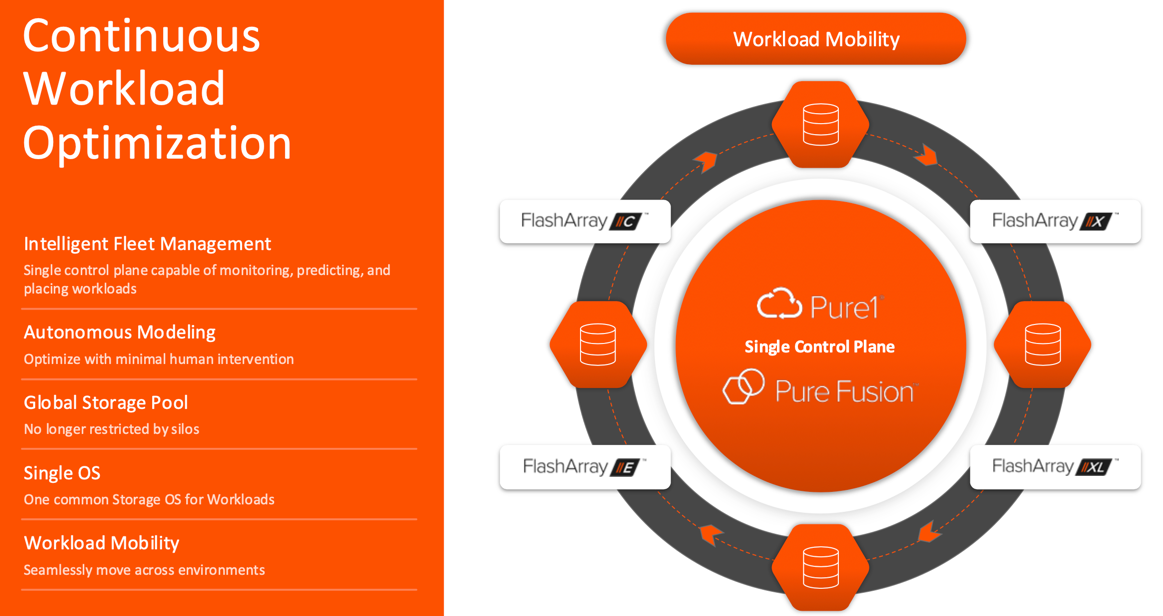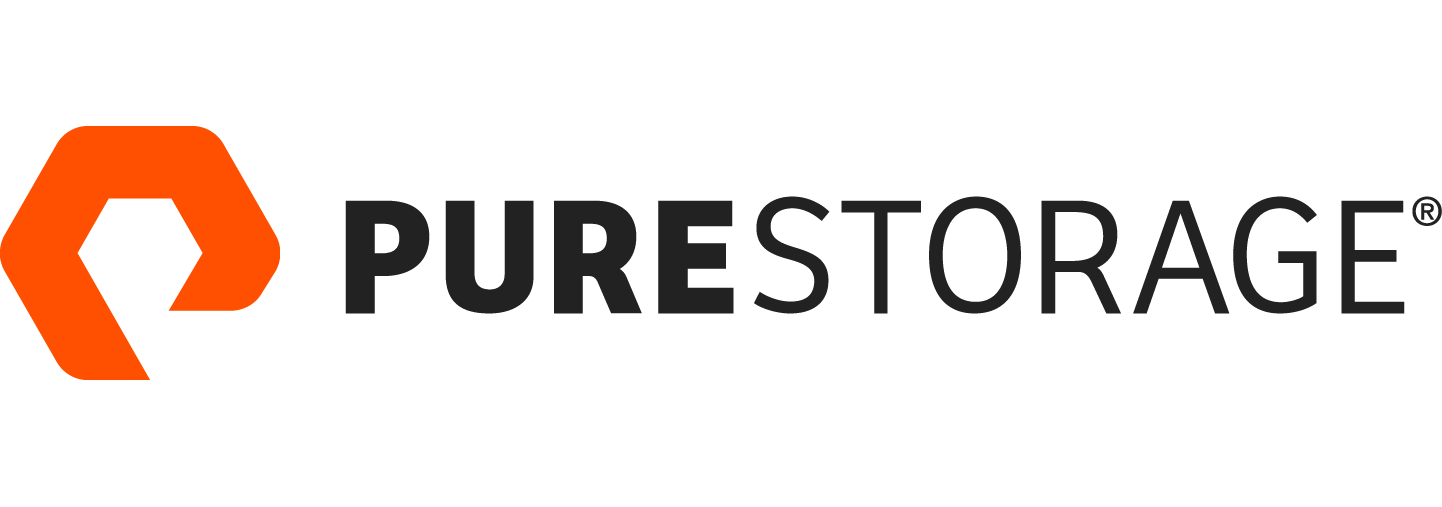When Pure Storage was founded in 2009, it made its mark by focusing on flash as the only storage medium for the enterprise. It did so at a time when flash storage was still limited in adoption, primarily due to cost. Fast-forward 15 years, and the company’s strategy has proven wise. Flash is dominant in enterprise primary storage, and adoption continues to grow. Further, even as the storage market has been fairly flat over the last couple of years, Pure has continued to see double-digit growth quarter after quarter.
Although the company has firmly established itself in the enterprise, it has not gained the same momentum in the small and mid-market segments. In response to this lack of market penetration, the company has just launched its FlashArray//C20 platform. This research note will look at Pure’s push into the mid-market and what the company needs to do to penetrate this segment.
The Mid-Market Challenge for Storage
Every IT organization—regardless of company size—wants to extract as much value as possible from the solutions it deploys, especially on the storage front. While “extracting value” can mean different things to different organizations, cost, capacity, and performance are three consistent elements of the value equation.
When it first hit the market, flash storage (NAND flash) was exclusive to performance-sensitive workloads due to its high cost per gigabyte. However, as this cost started to curve down over time, flash storage became more affordable for broad use across the enterprise. Yes, different types of flash—QLC versus SLC versus TLC—have different price points, so some are more expensive than others. And yes, the price of flash is somewhat volatile, given the glut/scarcity cycles that impact this market. Still, if one were to plot an average cost per gigabyte over time, there would be a significant downward trend.
As flash has come down in price per gigabyte, its capacity has increased. For example, Pure’s largest-capacity flash storage—its DirectFlash Module—is 150TB and will ship by the end of this year. Further, the company intends to ship a 300TB module by 2026.
Based on the above, you can see how even at a very low price point—say 7 cents per gigabyte—flash-based storage solutions can still be price-prohibitive for a mid-sized company. This is unfortunate because the ease of deploying and managing Pure’s storage solution is ideal for a typical mid-sized company that probably doesn’t have the depth of technical expertise that many enterprise IT organizations have.
FlashArray//C20 Delivers Enterprise Storage to the Mid-Market
In an attempt to bridge this gap between the needs of the mid-market and the economics of storage, this week Pure announced its FlashArray//C20. This storage solution comes with lower capacity to enable a lower overall price point for mid-market IT organizations. However, this is the same Pure Storage architecture that has benefitted the enterprise, with features such as:
- Cyber resilience — Mid-market IT organizations may be more at risk of compromise than their enterprise peers because they lack the tools and protections that deliver greater resilience. The //C20 includes built-in security features such as encryption (without performance penalties), ransomware remediation, and immutable snapshots.
- Unified file and block — Most solutions on the market don’t offer file and block support from a single platform. But this is a hallmark of Pure and is enabled in the //C20. One underlying storage platform with dynamic allocation—automatically.
- Architectural consistency — The underlying architecture for the //C20 is the exact same as the enterprise-grade C//50, C//70, and C//90. So, as a company’s requirements grow, upgrades are simple and non-disruptive.
With this launch, Pure is bringing the entire enterprise storage experience to the mid-market. For example, mid-market customers that deploy the C//20 can still benefit from Pure’s Evergreen architecture. This guarantees that the customer’s storage infrastructure is always the most modern through non-disruptive upgrades. This effectively brings a white-glove upgrade experience to the mid-market.
The //C20 uses the same Pure designed flash modules as its enterprise offerings. While it would likely be cheaper to drop in commodity flash to drive down system costs, Pure is willing to sacrifice a little bit of margin to deliver enterprise quality and performance.
The last point on this enterprise experience theme is integration into the Pure storage platform. The //C20 uses the same management plane used across the portfolio. Want to use Pure1 management features or Pure Fusion services? The entirety of Pure’s control plane for managing data and consolidation is available for all customers.

If I were still an IT leader, I might find this simple, somewhat automated approach to managing my storage environment the most significant benefit for a mid-market organization. The modern mid-sized business may not have the breadth of an enterprise, yet it still struggles with many of the same challenges as the enterprise. The workloads being deployed are complex, and the hybrid environments where they are deployed can be a challenge, as is the relentless focus on data—data generation, data collection, data management, data utilization. Pure has enabled feature parity of its storage solution to account for this reality—simply at a lower capacity.
There are three consistent elements of value in storage: performance, price, and capacity. Pure is delivering on all of them.
ROBO and Edge — Two Enterprise Use Cases
Mind you, there’s also a play for the //C20 in the enterprise. For remote office/branch office (ROBO) or edge deployments, this lower-capacity and more affordable storage box can be ideal for powering something like a retail location or a bank branch that requires local storage but needs to be managed centrally. This is another example of how the architectural consistency and single control plane of Pure enable flexibility that empowers IT architects and administrators.
Playing in the Mid-Market Is Different
Building a great product for a target market is only half of a winning equation. The other half is go-to-market. In other words, how do you find your target audience, tell the right story, and create a frictionless buying experience?
The selling model for the mid-market segment is indirect. These companies tend to buy through channels and have little loyalty to specific technology vendors. CDW, Connections, SHI, and the like are all common resellers that serve this market.
Pure is a channel-friendly company, and its positioning, messaging, and overall GTM machine are well-suited for this market segment. However, given the transactional nature of the mid-market, the company will have to double down on its channel engagement and enablement efforts, ensuring that those reseller account reps are quick to suggest the //C20 whenever a customer calls needing storage.
Overall, I believe the company has the assets and ability to effectively come downmarket with its messaging for the //C20 and for Pure Storage itself in short order.
A Welcome Solution for Mid-Market Storage
The FlashArray//C20 is a fairly significant expansion of Pure Storage’s reach. This enterprise storage company is bringing the power and efficiency of its all-flash technology to a new market segment. In doing so, it is also competing with a company (NetApp) that has been established in this segment for a while.
I am a big fan of the parity in features and capabilities between the //C20 and its enterprise siblings up the stack. It makes for an easy marketing campaign, but more importantly it delivers much-needed capabilities to a segment that is sometimes an afterthought for IT solutions vendors.
Stay tuned for updates on the company’s mid-market penetration in upcoming quarters.























































































